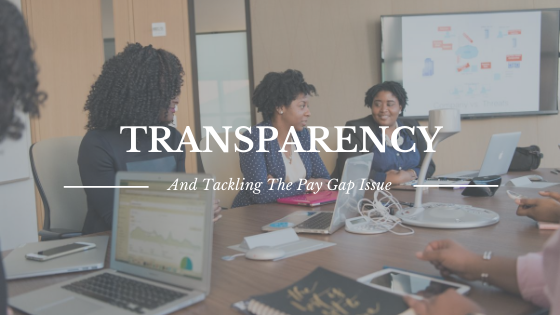Pay gaps among employees are a major source of discrimination in the modern job market. Only a few nations have managed to close the gap and ensure that most of their citizens get fairly equal payment. One thing that many of these countries have in common is that these companies are legally required to disclose their payment for all employees.
On the most basic level, this can make it seem like transparency is the key to ending wage gaps. By allowing all employees access to how much their coworkers are paid, the theory is that employees can negotiate for fairer pay. However, it turns out that transparency alone is not enough to solve pay gaps.
This was shown when Blizzard Entertainment employees created a crowdsourced spreadsheet showing employee pay throughout the company. Employees quickly discovered that women and other minorities were not receiving equal pay. However, this increase in transparency has not led to closing pay gaps at Blizzard. The problem is that transparency by itself just makes wage gaps evident.
It does not address all the underlying structures that could be leading to pay gap inequity. Companies who have successfully closed wage gaps have been companies that actively took steps to analyze and address pay gaps. This involves looking at the overall average of payment for a certain position, recognizing that minorities may be on the lower end of the wage spectrum, and figuring out how they can adjust the problem.
Those who suggest that transparency alone is enough to close wage gaps are putting the entire burden of pay gaps on employees. This mindset is seen in people saying things like women are paid less because they are not brave enough to negotiate in their interviews. However, it leaves out problems like women being seen as demanding when they ask for pay and companies that do not provide women with the mentorship or team support needed for promotions.
Instead of just trying to make minorities advocate for themselves on an individual basis, system-wide change is needed. By getting companies to actually adjust their organization-wide pay structures, pay gaps can be more fully addressed. However, the challenge is actually getting companies to do so even if not legally required to.

